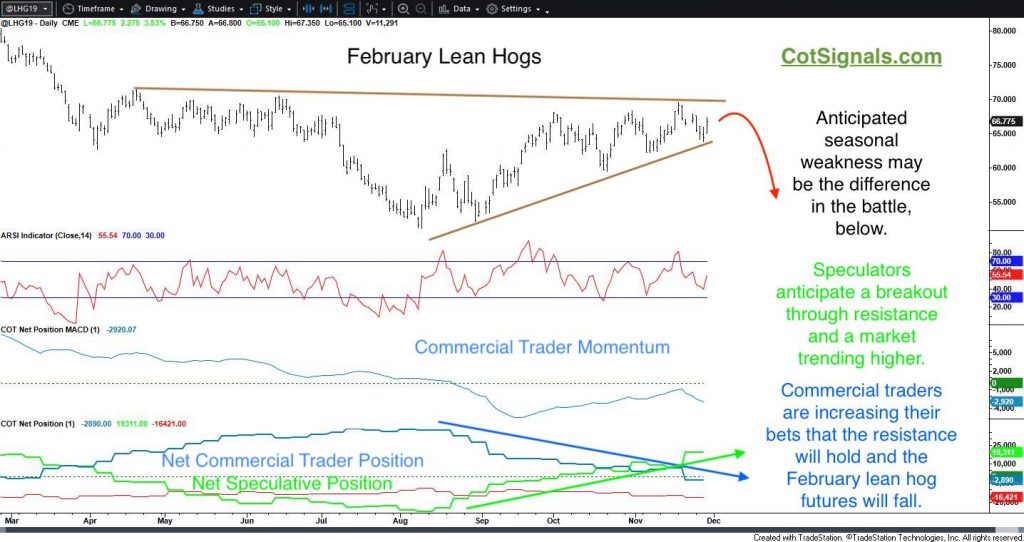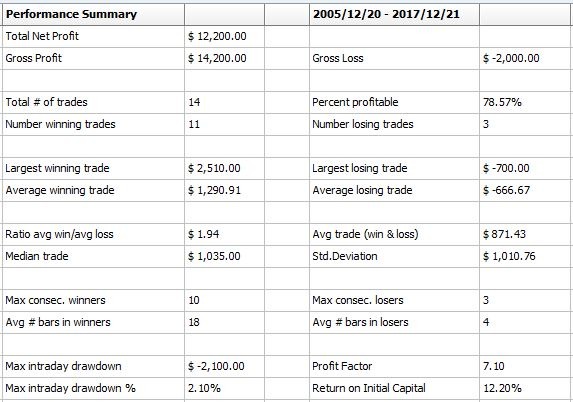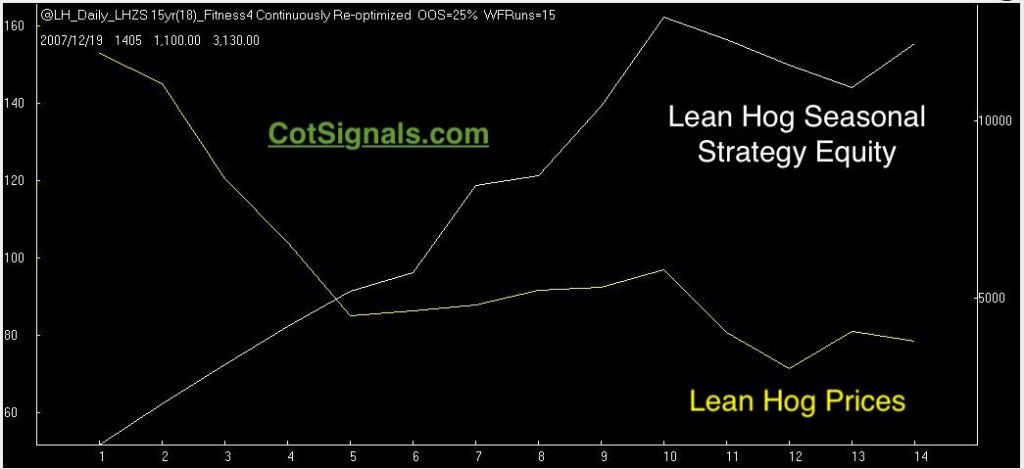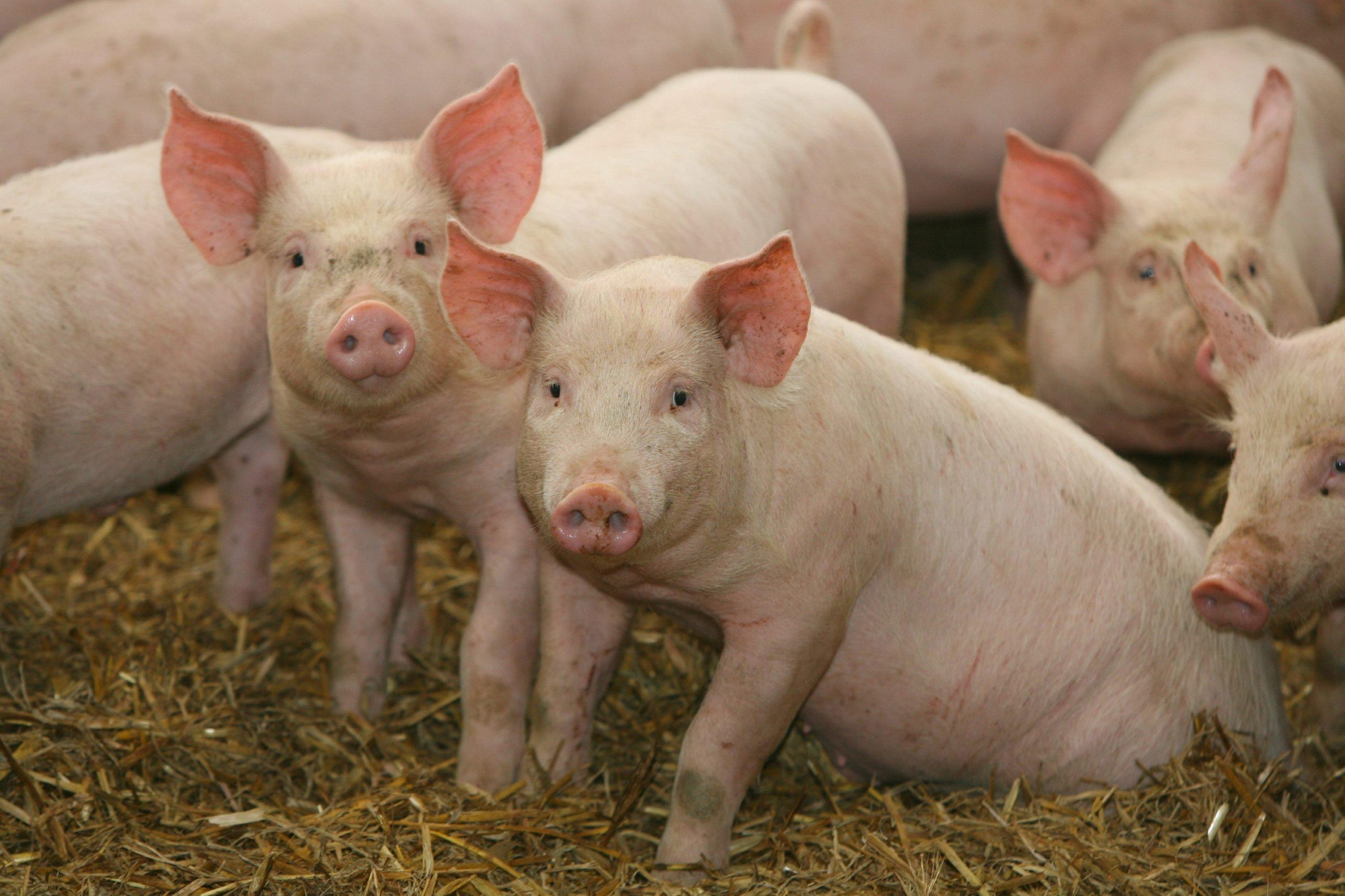Our last new trade for November is short selling the February lean hog contract. The commercial hog producers are becoming increasingly anxious to get their animals sold forward at these prices against a backdrop of Chinese demand and regulatory uncertainty. Conversely, the speculators have been adding to their net long position as the market approaches solid resistance up to $.70 per/lb. Last year, this same setup produced nearly a three-week decline before making one final rally in January and falling for the rest of 2018.

The model I've constructed to illustrate our exploitation of this seasonal tendency is shown below in out of sample only performance. We looked at the last fifteen years of data to develop a seasonal commodity trading strategy that can be employed with limited risk yet, still have a decent winning percentage. However, it's important to remember that commodity trading is risky and markets like lean hogs can move in a locked limit fashion which may prevent a protective stop loss order from being executed thus, significantly expanding the pre-trade risk analysis.

Lean hogs have performed fairly consistently throughout this period. However, even fifteen years' of data is still a minimal sample size. We use Monte Carlo testing to provide a more rounded picture of a strategy's performance.

The Monte Carlo analysis suggests an average return (wins+losses) of .84% or, $840. This only a two-point move, on average and well within the boundaries of the market's current movement. Seasonal subscribers will be notified of the entry and exit dates as well as updated trade monitoring. See the out of sample returns, below.

*Past performance is no guarantee of future profits.
Our seasonal trading strategy is predicated, in part, by current market activity. This makes it difficult to plan a trade one month or, one year in advance. However, I trade these signals as well, and I feel incorporating current market activity makes these more accessible than most seasonal commodity trading programs. See the full seasonal results to get an idea for the wins and losses as published in real-time and including $100 slippage and commission.






